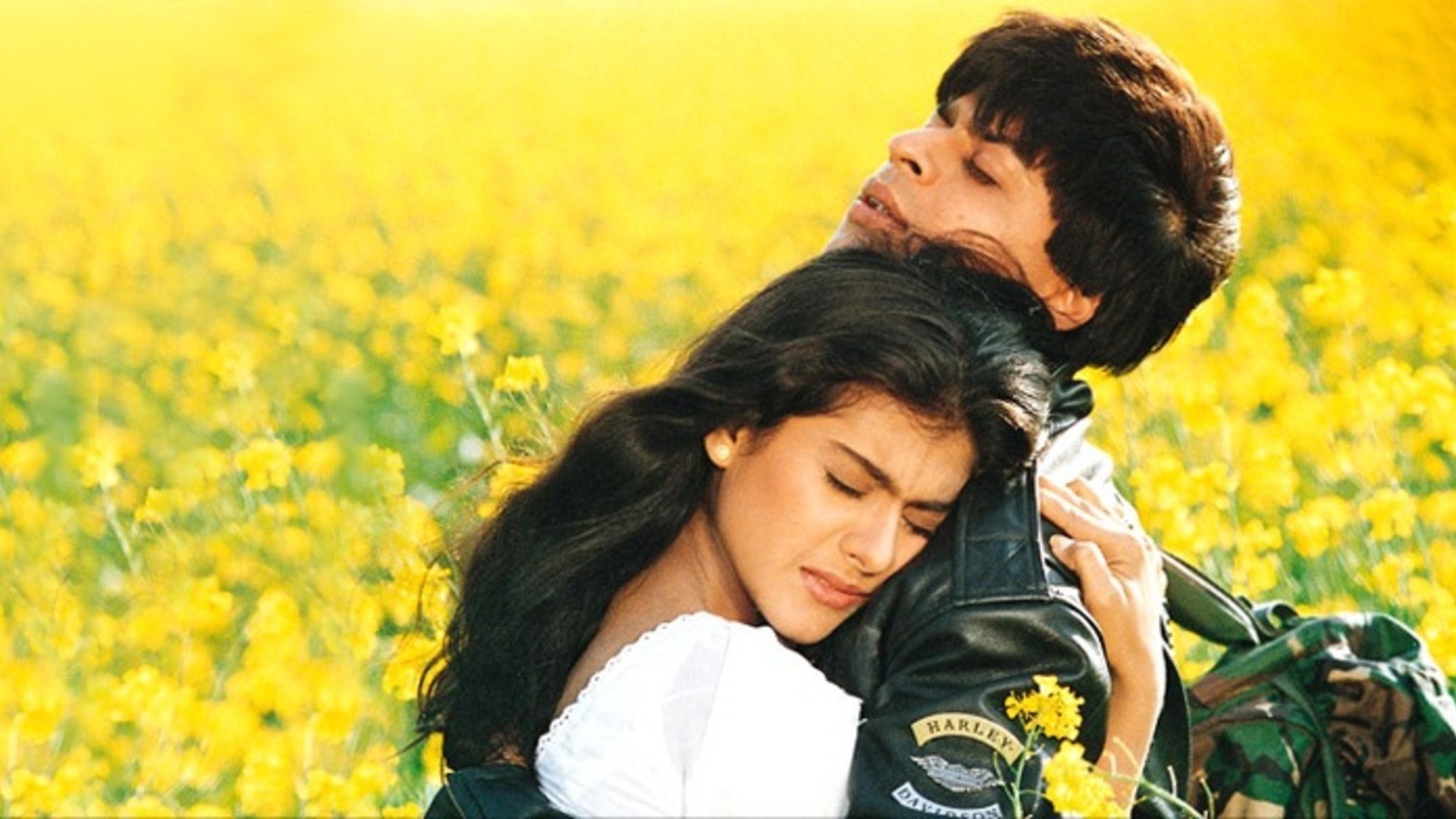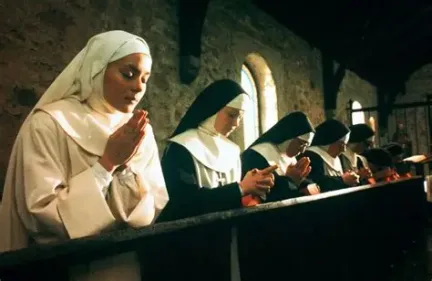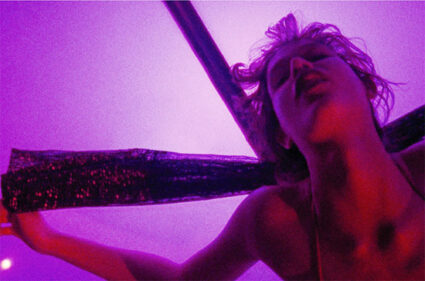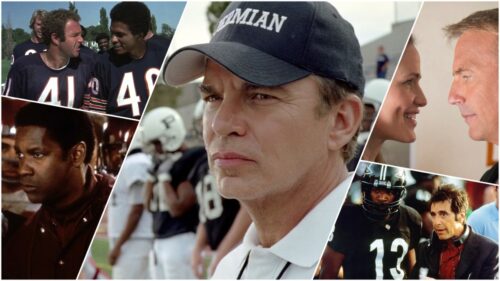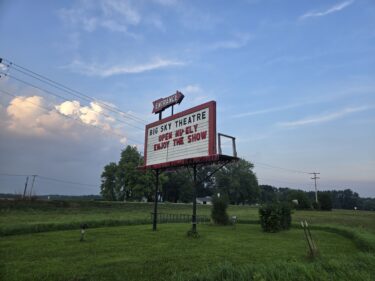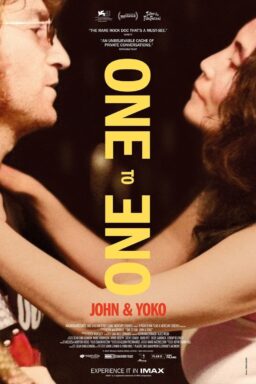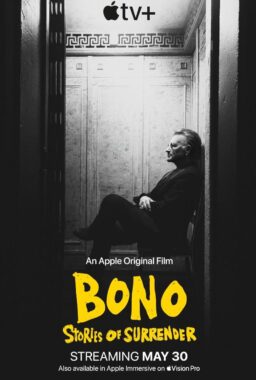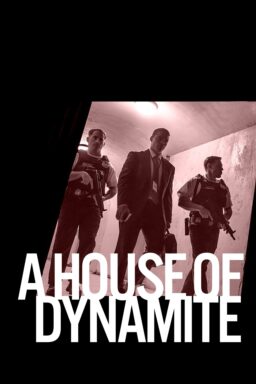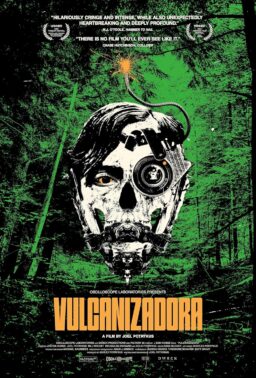Aditya Chopra’s “Dilwale Dulhania Le
Jayenge” is one of the world’s favorite films. Released in 1995, the romantic
melodrama is still in its original theatrical run and this week reaches a
remarkable milestone: 1000 consecutive weeks screening in a single cinema, the Maratha
Mandir in Mumbai. To say that “DDLJ,” as it is commonly called, is the
longest-running film in Indian history is to understate its astonishing
achievement. It became the longest running-film in Indian history when it
surpassed the five and half-year benchmark of the action classic “Sholay”. That
was 14 years ago.
The film is a phenomenon. In the Maratha
Mandir, it plays before audiences that know every scene and can sing every
lyric. “DDLJ”’s famous tagline is “Come… fall in love” and those audiences come
back again and again to fall in love with the charming joker Raj (Shahrukh
Khan) and sensible, beautiful, spirited Simran (Kajol) as completely as the
couple fall in love with each other.

Raj and Simran’s is the love story of a
generation. There has been no equivalent couple in Western movies in the period
since “DDLJ”’s release. They are among the immortal screen
couples. Watching “DDLJ” I feel the same desperate desire for the lovers to be
united that I feel watching “Casablanca”,
“When Harry Met Sally” or “Brief Encounter.”
Simran and Raj both grew up in London. Raj, a wealthy
playboy, has just goofed his way through several wasted years at university, and
Simran, an obedient daughter, has just been told it is time for her to return
to India and marry the man she has been betrothed to since childhood, but whom
she has never met.
They each leave for a month’s vacation in Europe with friends. They meet on a train, and again
throughout their trips. Raj hits on her, annoys her, embarrasses her. They
bicker in the furious way only star-crossed lovers in a classic rom-com can. At
the end of the holiday they are in love, but Simran is taken to India by her
unforgiving father (Amrish Puri) and told to forget her dreams by her downtrodden
mother (Farida Jalal), who knows the futility of challenging his will.
Much of the film’s unprecedented appeal
lies in the chemistry between Khan and Kajol. At times, Khan is Tom Cruise, at
others he’s Cary Grant, and in between he’s Jerry Lewis. His is a huge,
hilarious, overpowering performance and it made him a megastar. Kajol’s
performance, though more restrained, is equally intoxicating.
When we first see Simran she dances, naked except
for a towel, in a routine that is essentially a PG-13 striptease. It’s both
innocent and seductive, and within minutes we have no doubt she is a woman for
whom a suitor would cross continents in the hope of proving “DDLJ”’s title, which
translates as “The Brave Heart Will Take the Bride”.

Having flown to India, Raj follows Simran’s fiancé as
he goes hunting in the forest and catches him in a snare, just so he can rescue
his rival and win entry into his inner circle. Later, when Simran observes the
female-only fast Karva Chauth, Raj starves himself in sympathy. These scenes
play like parts of an ancient myth. The musical numbers, as Bollywood musical
numbers generally do, play like something by Busby Berkeley. The infamous fist
fight plays like a sequence from a bad kung-fu film. And the whole movie plays
like a soap opera. But, though critics seldom admit it, there is nothing as
entertaining as a masterful soap opera.
“DDLJ” has such widespread popularity because
it manages to convey two entirely opposing messages. It argues that we should
follow our hearts and chase happiness wherever it leads, regardless of the
obstacles in our paths, while simultaneously suggesting we should respect the
ways of our elders, particularly our parents, and do nothing that challenges
their will. Progressive-minded viewers seize the first message, traditionalist
viewers seize the second, and both are so thoroughly enchanted by the
soundtrack and the scenery and the emotion they don’t question the
contradiction.
Nothing I have written about “DDLJ” will be
news to anyone in India.
But in the West, where Bollywood films are often indefensibly ignored, there
may be many readers to whom it is all news. It angers me to think of critics
who don’t write about Bollywood and it saddens me to think of moviegoers who
never experience its joys.
India has
done as much for the movies as America,
and there are as many great Bollywood films as there are great Hollywood films. Not to have seen “Mother India”,
“Pyaasa” or “Sholay” is not to have seen “Gone With The Wind”, “Casablanca” or “Star
Wars”. And not to have seen “DDLJ” is to have missed out on the good feelings
that flow from one of the greatest feel-good films.
In India, many will take “DDLJ”’s
1000-week anniversary as an opportunity to watch it for the tenth or the hundredth
or perhaps even—fittingly—the thousandth time. In the West, those who have not
seen the film will find no better occasion to watch it for the first. “Dilwale
Dulhania Le Jayenge” sends an irresistible message to film fans who have yet to
embrace Bollywood: “Come… fall in love”.

